Finding a small puddle of water under your humidifier or seeing no mist coming out of the nozzle when you’re sure you filled up the tank would cause anyone to be irritated, especially when the air is so dry you can feel your skin crack. So when the humidifier starts acting up, what do we look for to solve the problem? We've sought out the potential issues that could keep your humidifier from starting.
The following issues could prevent your humidifier from starting:
- The humidifier is not properly plugged and powered on
- There is not enough water in the tank
- The humidifier is not placed on level ground
- Clogged base and tank
- The wick filter needs changing
- Humidity is already too high
- Leaking on the machine
If your Dyson humidifier won’t start, do not panic or run to the nearest store to grab a new one just yet. The reasons for it not working are perfectly fixable, and you don’t need to be an expert to be able to tune it up. We will be sharing some of the common problems you might encounter, how to fix them, and how to keep your humidifier running smoothly. Stay with us!

Dyson Humidifier not starting - What could be wrong?
The humidifier may not be properly plugged and powered
Even if you may be sure you turned it on, you may have flipped off your breakers by accident which has interrupted the power. If you are using extension cords, make sure it is properly secured on the power socket and powered on.
There is not enough water in the tank
Some humidifiers need a particular water level for them to function properly. Make sure you follow the instructions, as there are some machines that will stop producing mist when the water level goes too low.
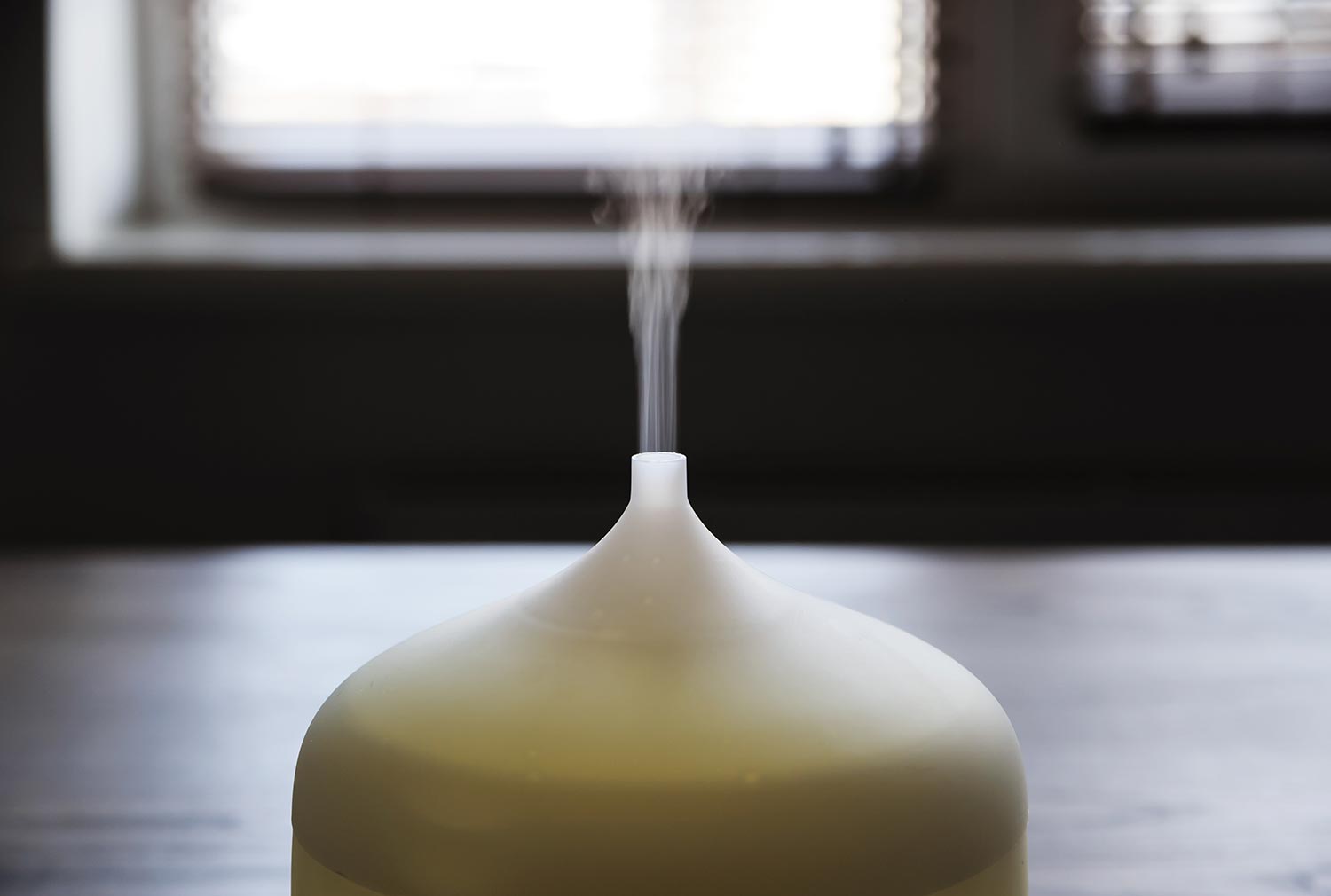
The humidifier is not on level ground
Humidifiers that have anti-tip and child safety features will not turn on if they are on shakey or slightly tilted ground. This is because they are programmed to work with security in mind, and will only function once these conditions are met.
Mineral deposits are clogging the base and tank
Tap water contains impurities and mineral deposits that might create a layer of dirt preventing the steam from coming out. This is why you should regularly be cleaning and purifying the tank, and opt to use distilled water to reduce the deposits that may accumulate in the machine.
The wick filter needs changing
Ultrasonic and steam humidifiers can have blockages covering the cotton filter. These are often overlooked, but it is a cheap solution that only involves switching the wick for something cleaner.
The humidity level set on the humidifier is low
Smart humidifiers may only be triggered to work if they sense that humidity has dropped too low. If your area is already high in humidity, then some humidifiers simply won’t work. This can be to your benefit since too much humidity can breed more harm than good.
The unit is leaking
There are many possible areas that may have caused leaking. It could be that the water tank is not securely seated on the unit, or that the cap is not properly sealed.
Make sure that all levers are shut and locked, and that the unit itself is on level ground that water cannot topple and spill. However, if the machine itself has a crack or a leak in the base, it might be time to grab the warranty.
There is white dust springing up from the humidifier—what is it?
The white specks you might notice on your floor or furniture are a result of clumped minerals like calcium and magnesium which are typically present in tap water. This is especially prevalent in ultrasonic humidifiers since it uses both cold and warm mists, encouraging mineral build-up.
You can switch to filtered water or use a demineralization cartridge to prevent this from happening further.
How to Clean a Humidifier
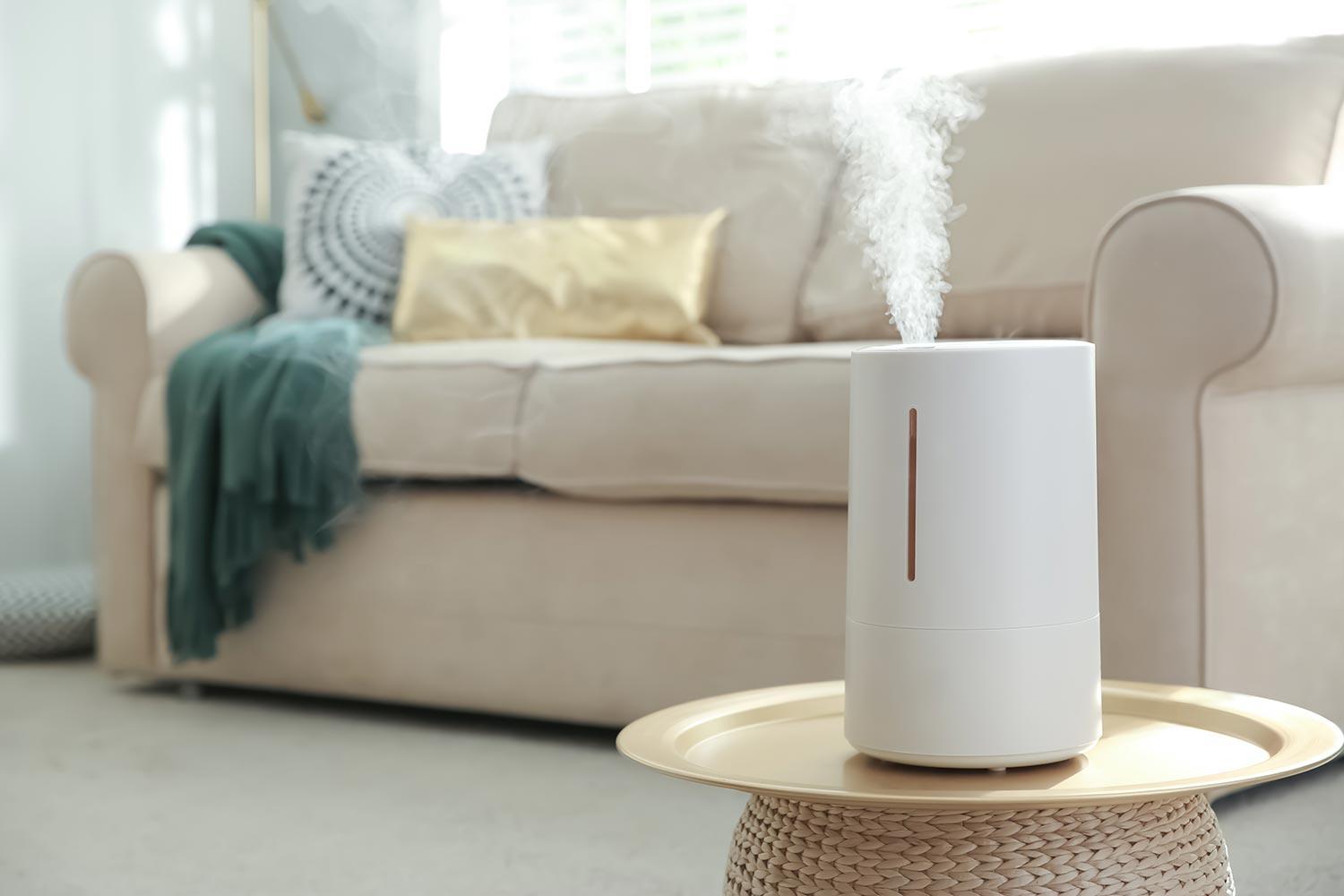
If your humidifier cannot vaporize, there is most likely a build-up of dirt inside. Now that you have identified the problem, you need to be aware of the proper care and maintenance that will make your humidifier last a long time.
What you’ll need:
- Distilled white vinegar
- A small brush
- Lemon juice
- Table salt
- Baking soda
What to do:
- Unplug and empty the humidifier. Water and electricity do not mix well, so it is better to do this to avoid accidents.
- Pour two parts of distilled vinegar and mix in some water into the tank. Swirl until the entire cylinder is wet.
- Place the tank onto the base and allow it to drain into the reservoir. Let sit for 15-20 minutes.
- Grab your baking soda and make a paste using lemon juice and table salt. Use this to scrub the remaining water impurities from the base.
- Rinse thoroughly and wipe off with a damp cotton cloth. You can also let it air dry.
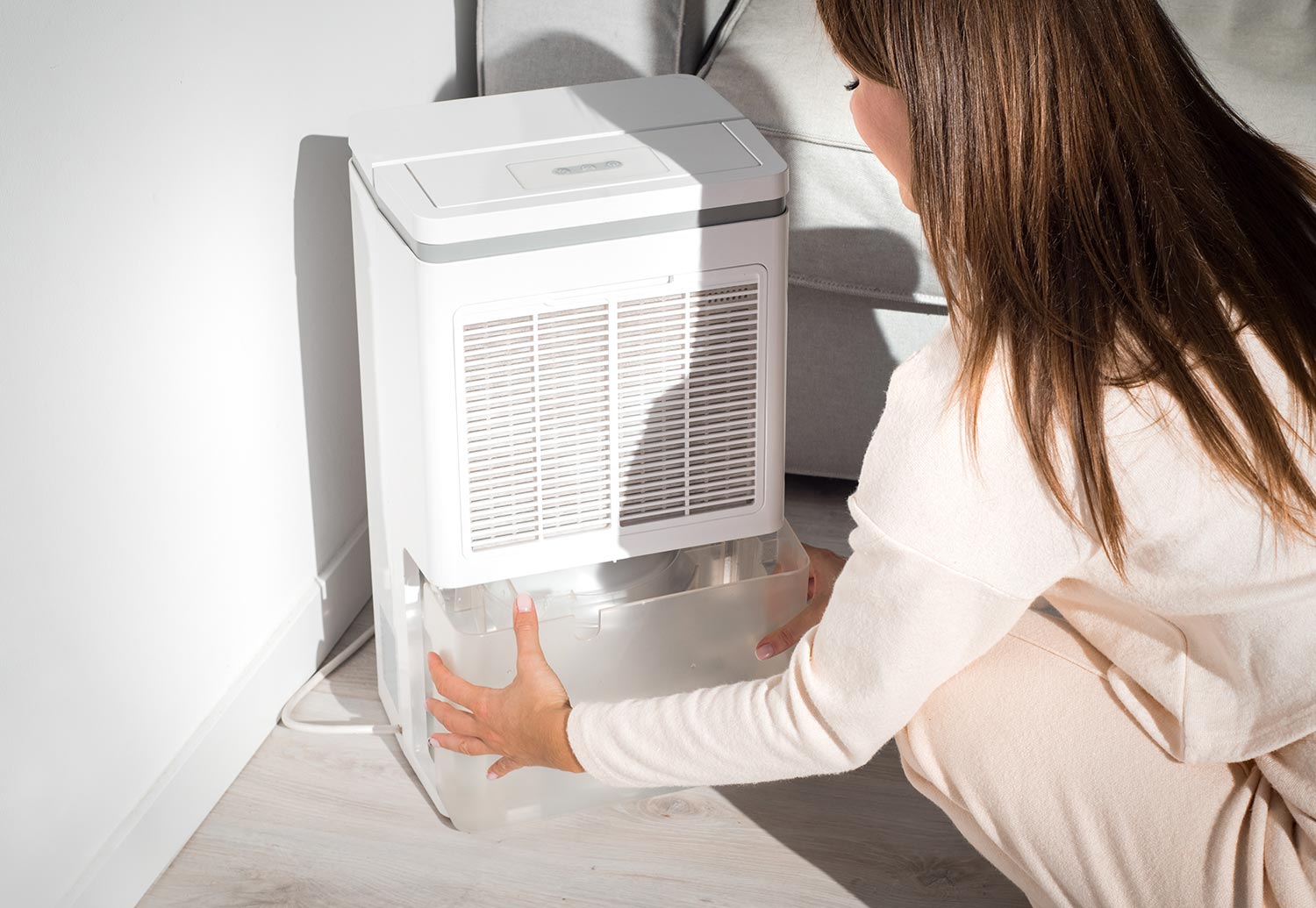
Where can you place your humidifier?
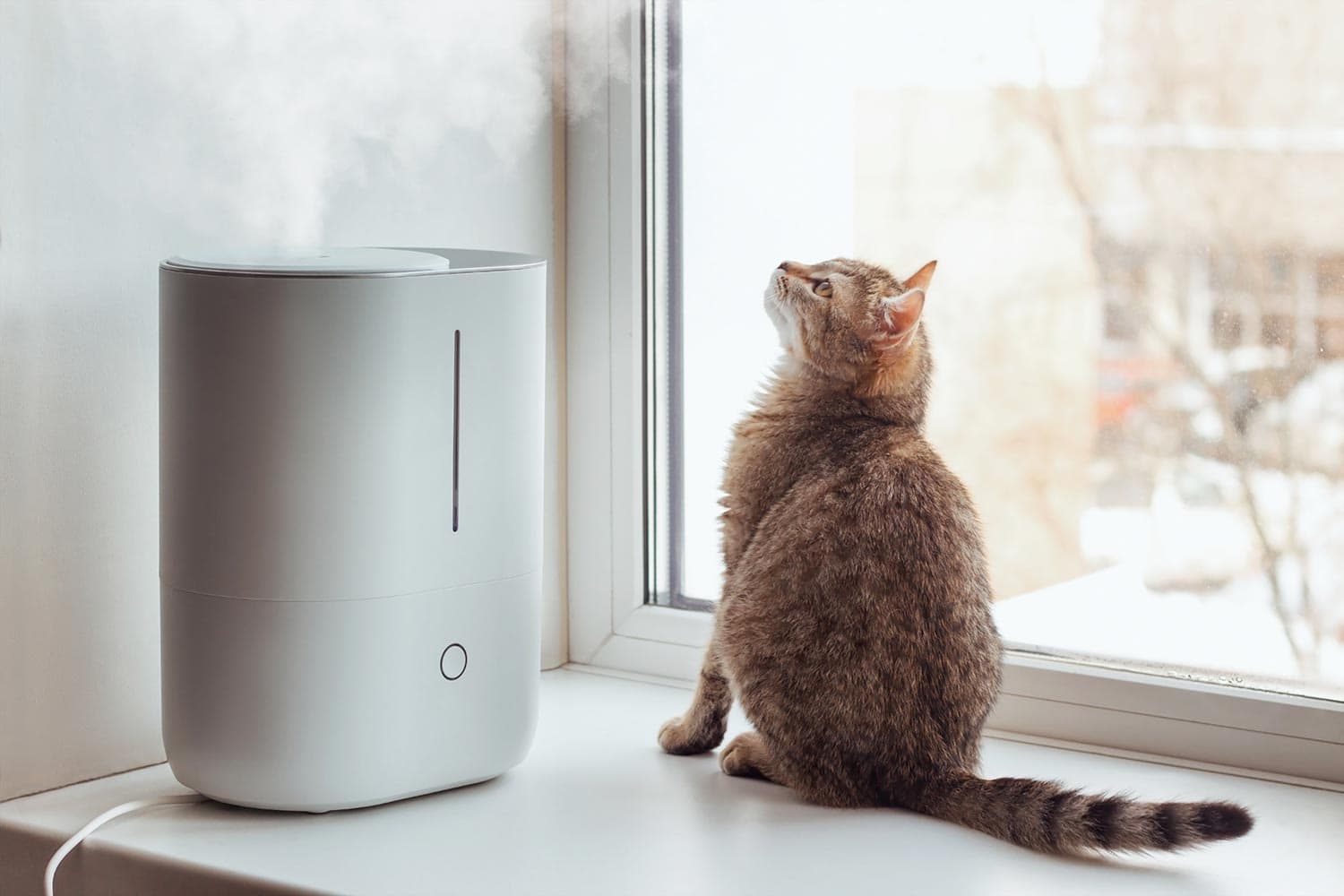
The location of the humidifier is one of the most important yet often overlooked factors that will determine the quality of your space. However, it is not so much a question of, where, rather a consideration of, how. Also consider the size of the area relative to the size of the humidifier, and its purpose.
Placed on a furniture at least three feet off the ground
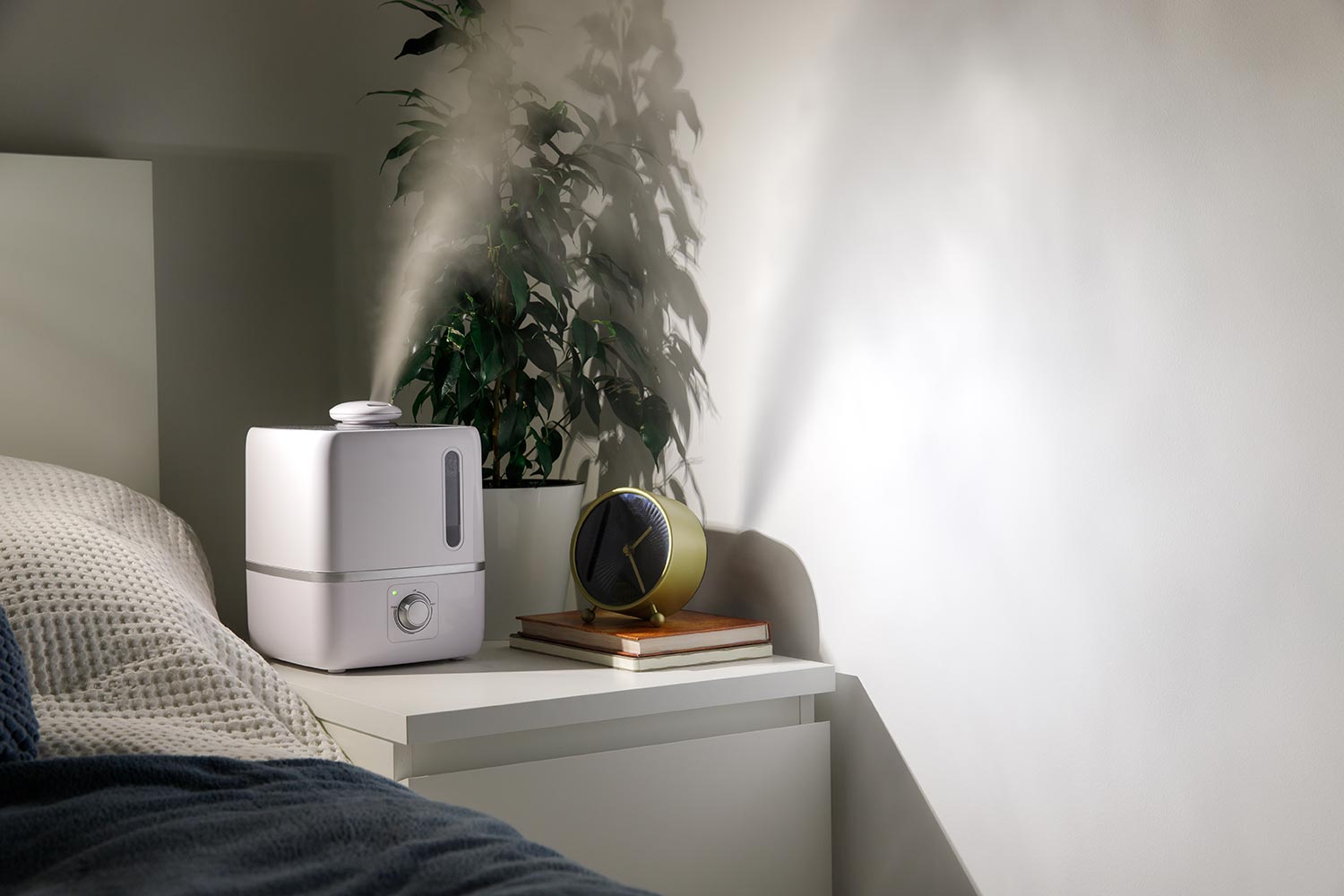
You want the mist to be properly dispersed around the room. The area will not benefit from the humidifier if it is placed on or near the ground; it needs to mix with the air around it. Science tells us that hot air rises and cold air sinks, so you want to place it around where the air is potentially warm so it can carry the steam around.
Placed near your bed
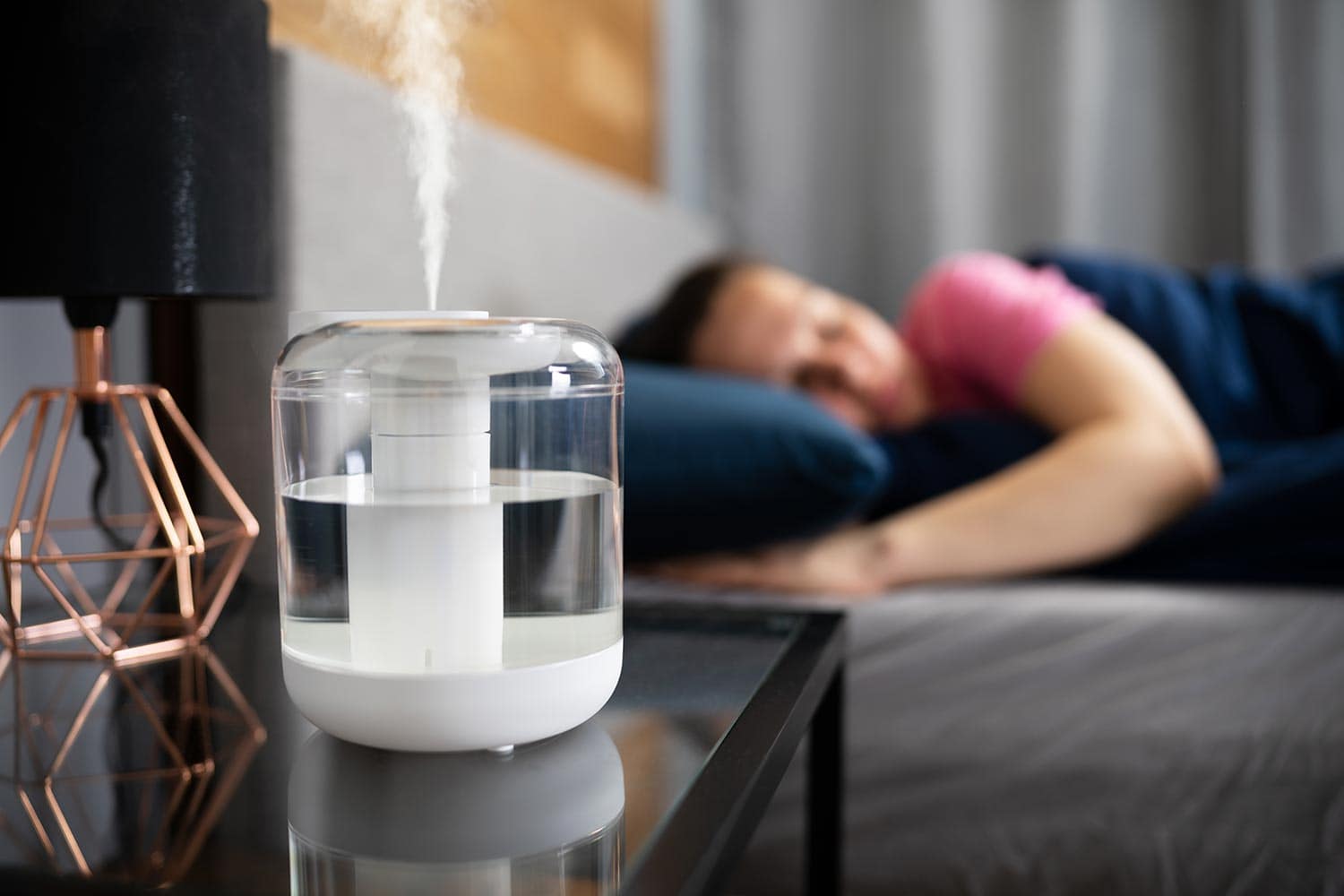
Humidifiers are known for making many people sleep better. Steam is generally good for clearing out sinuses and breathing issues, so it would be a good idea to place it near your bed for a good night’s sleep. However, you need to ensure that the humidifier is not too big for your room, as too much steam can create mold and mildew.
Placed in your home office
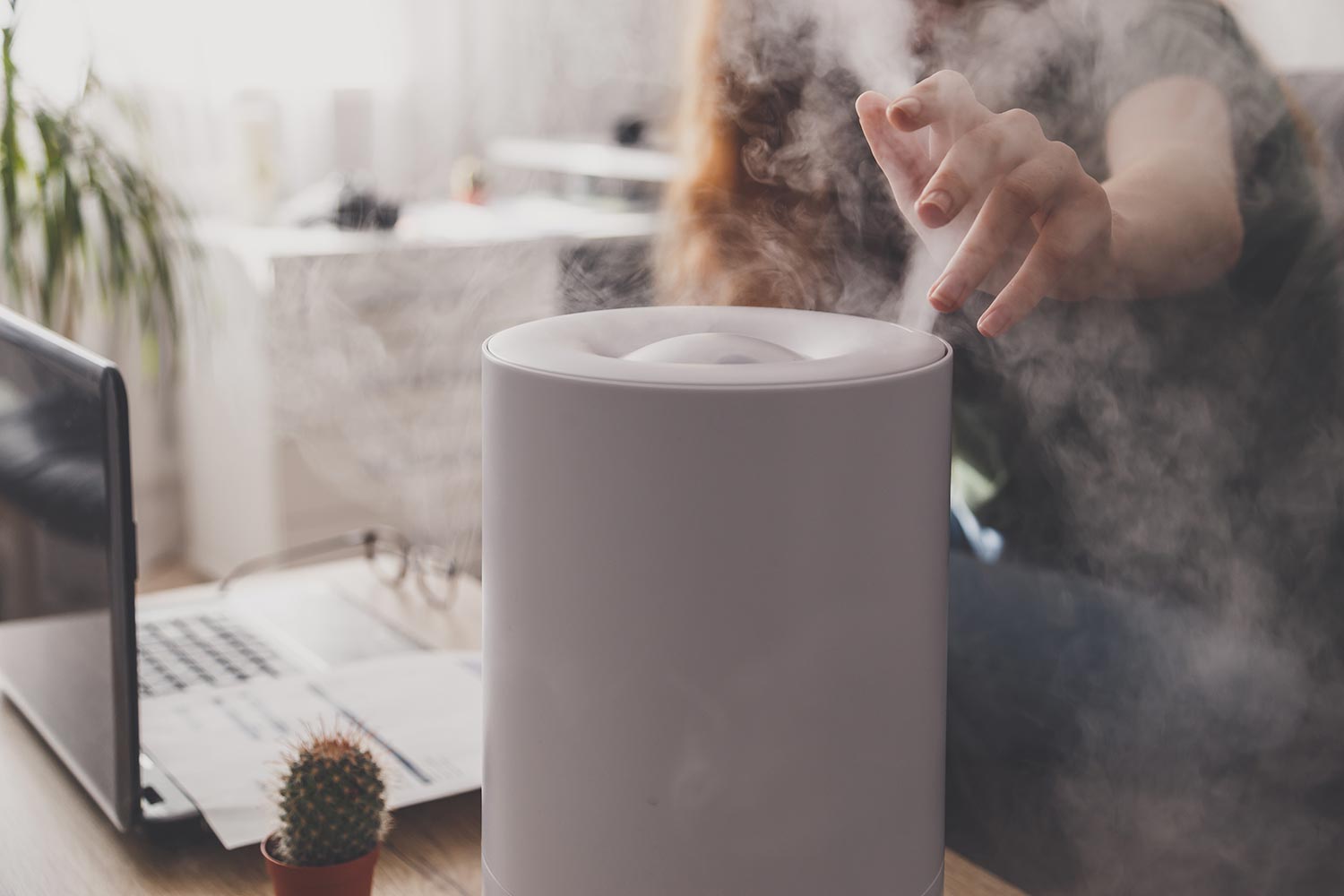
Humidifiers can be a relaxing factor as they can help you breathe better, so placing one in your work station is also ideal. Just make sure not to put it on the floor to avoid any electric-related accident if the humidifier somehow leaks. Put a rug under the unit if you place it on your desk to avoid damaging your devices.
Are essential oils safe to use in humidifiers?
The quick answer to this question is no, you should not be dripping essential oils on your humidifier. First of all, oil and water do not mix so the oil will only cause clogging around the nebulizer, or worse, make the entire unit crack.
Check out: "Can I Put Perfume In My Humidifier?"
Types of humidifiers
Warm mist

Warm mist uses heat to boil water inside and produce steam. This makes it ideal to use in cold weather. The boiling water prevents bacteria from building up, but this unit is not advisable if you have pets or children at home.
Cold mist

This type of humidifier utilizes a wick to create an evaporative effect that shoots up to the nozzle and turns into mist. Because of this, cold mist humidifiers are considered the cheapest on the market considering their low operating cost and portability.
Ultrasonic Humidifier

These humidifiers are more on the premium side since they can produce both hot and cool mists. They also have a quieter operation and are considered low maintenance. However, the initial purchase can be expensive and there is potential for bacteria culmination.
Whole house humidifier
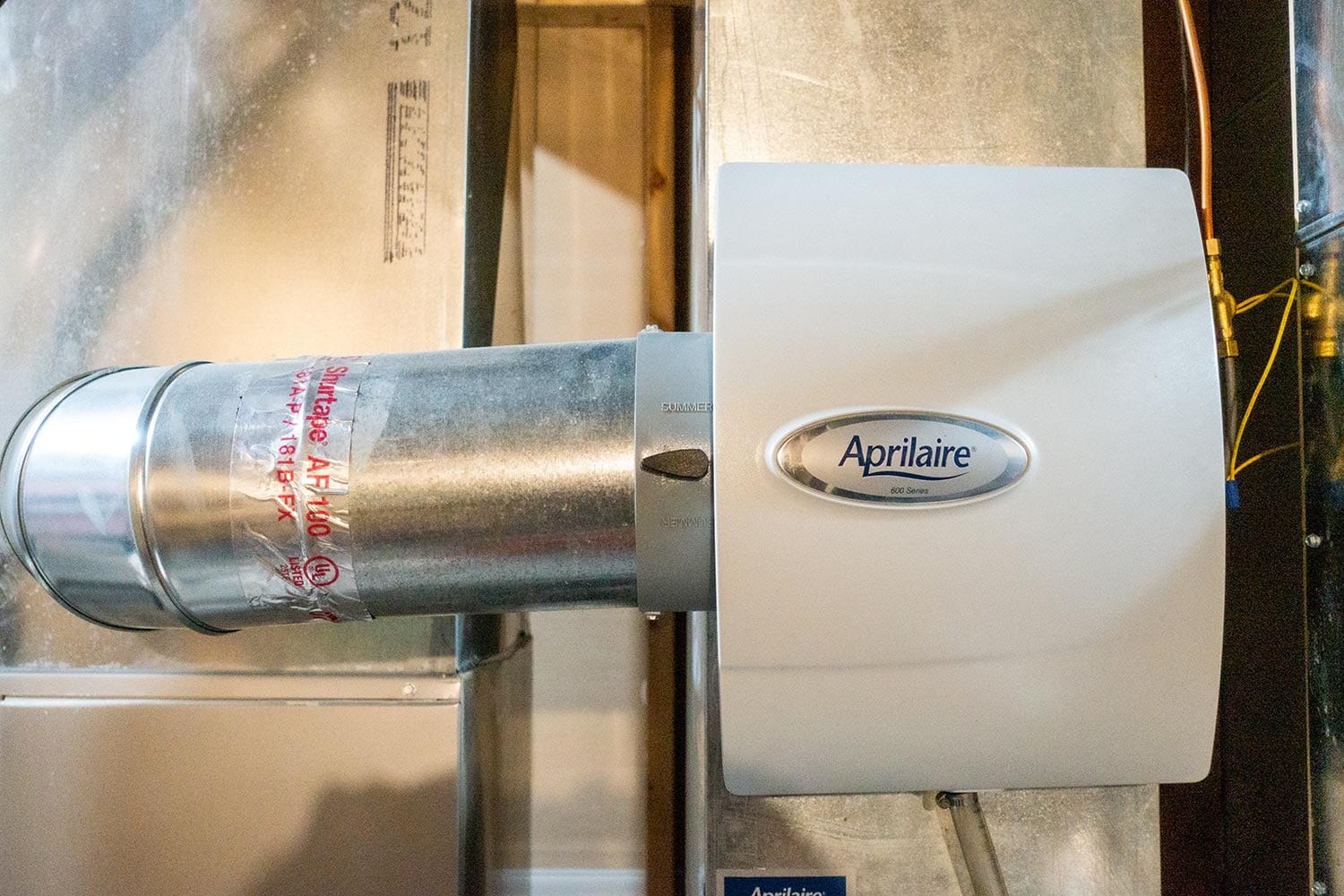
These humidifiers are used in larger spaces, or if you want to humidify your entire home. You will be able to save more in using whole house humidifiers than if you place numerous portable humidifiers around the house.
They can either be flow-through where you make use of your HVAC system; or a bypass that releases steam into the air from a reservoir.
Standalone humidifier
These single-room humidifiers are smaller than whole-house humidifiers, but larger than portable humidifiers. They can be utilized in a space ranging from 250-1,000sqft and are equipped to accommodate up to two rooms simultaneously.
Final Thoughts
As many are the benefits of humidifiers can be, there is still much to be done to keep it from turning against us in the form of mold and bacteria. It is important to regularly sanitize the machine to completely utilize it and to consider your living situation first to avoid any accident.
Want to make the most of your humidifier? Check out: "When To Turn On A Humidifier In The House In Winter?"
